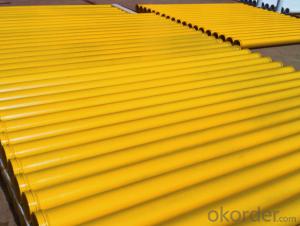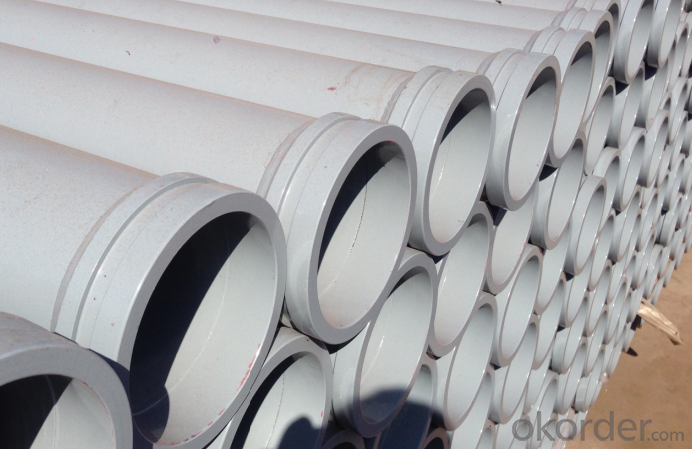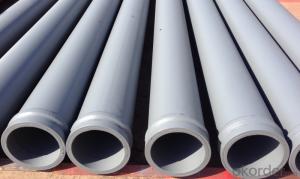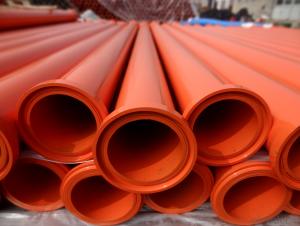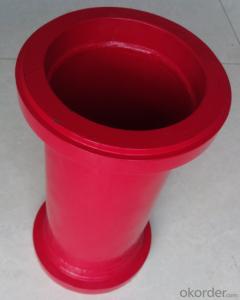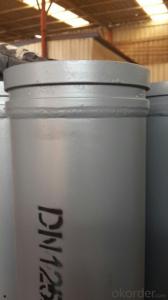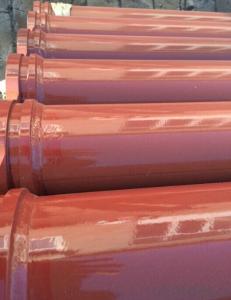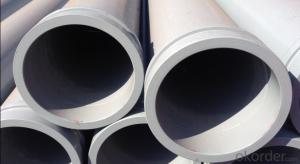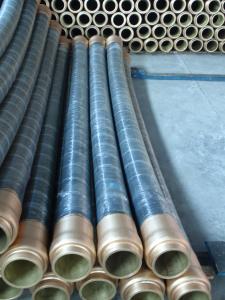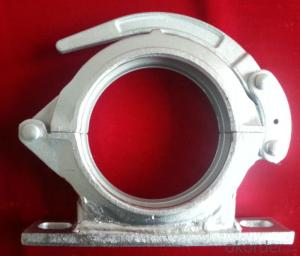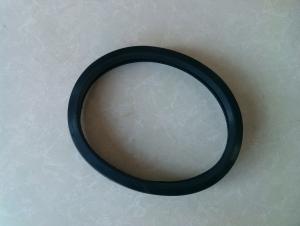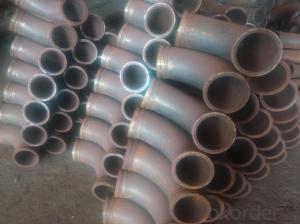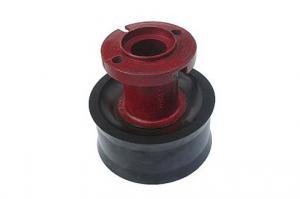Concrete Pump Truck Parts Delivery Pipe Normal Pipe DN125 1MTR Thick 3.2MM ST52
- Loading Port:
- China main port
- Payment Terms:
- TT OR LC
- Min Order Qty:
- 100 pc
- Supply Capability:
- 10000 pc/month
OKorder Service Pledge
OKorder Financial Service
You Might Also Like
Product Description:
Widely used on concrete pump truck, concrete placing boom, trailer concrete pump etc, for concrete delivery pipe connection.
Our concrete pump pipes have been successfully exported to many countries from 1998, Our main markets as below: Middle East, Southeast Asia, America, Brazil, Italy, Russia, South Africa etc.
Main Product Features:
1. Mainly adopt carbon steel high wear resistant steel, and other material upon your request.
2. Service life:7000-80000 CBM Concrete.
3. Possess quality certification of ISO 9001:2000. Can pass CE test.
4. Normal and female/male flanges are both available to suit for normal or high pressure concrete pumping
5. We can supply OEM service and can also produce according to your requirements.
6. Total series of concrete pump pipes for different brand concrete pump(PUTZMEISTER, SCHWING, CIFA, SANY, ZOOMLION, IHI, KYOKUTO Etc) available from us.
Product Specifications:
Dimension: DN125
Length: 1m
Thickness: 3.2mm
Material: ST52
Characteristics: double-ends flange
Package: Seaworthy packing or as customers’ request.
FAQ:
Q1: How to confirm that your pipes could be used in our pump?
A1: We have been providing parts for nearly ten years, and cooperating with the agent of the world famous brand, possess near every kind of pipe in the market. What is more, we can produce as the customers’ request with drawing provided.
Q2: How do we guarantee the quality of our products?
A2: We have established an advanced quality management system which conducts strict quality tests at every step, from raw materials to the final product.
Q3: How soon can we receive the product after purchase?
A3: Within three days of placing an order, we will begin production. The specific shipping date is dependent upon international and government factors, but is typically 5-15 workdays.
Q4: If we can produce some Concrete Pump Truck Parts according to customers request?
A4: Yes, we can produce Concrete Pump Truck Parts according to the difference country situations to make it suitable to the market and customers. We have very professional technical team to make the design.
Q5: How to make a quick resolution for after service?
A5: OKorder and our manufacture both have overseas branches all-around of world, IF needed, the seller shall dispatch 2 engineers to the buyer's site for supervision of training. The buyer shall make available of necessary facilities & skilled personnel at site for training.
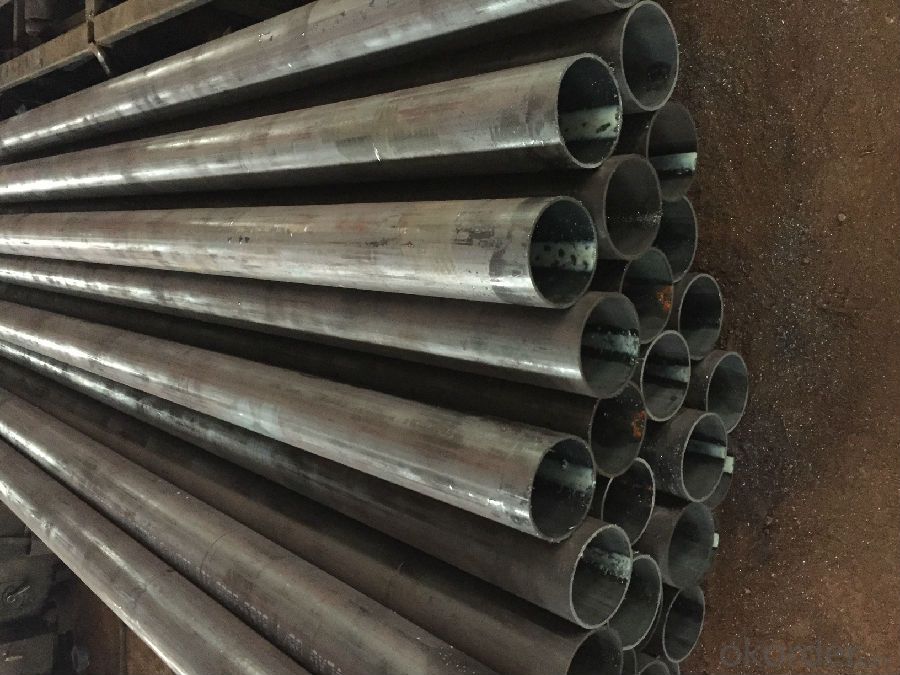
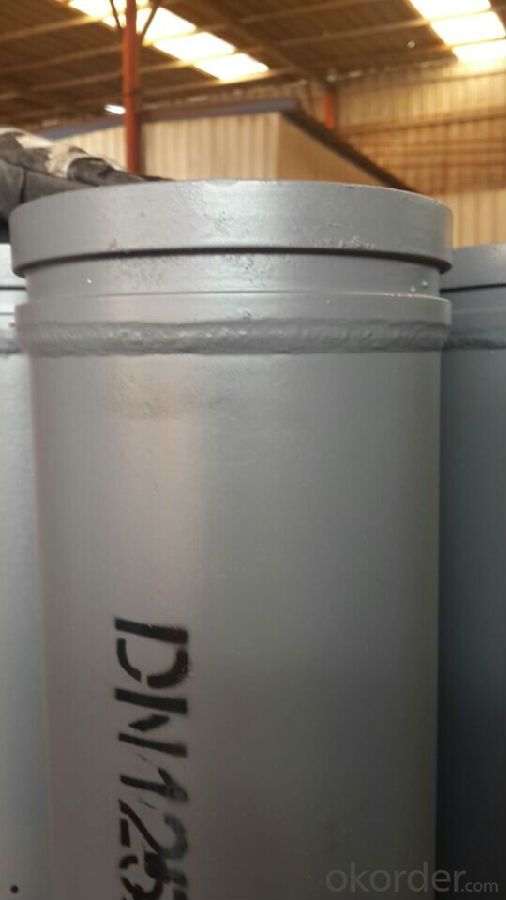
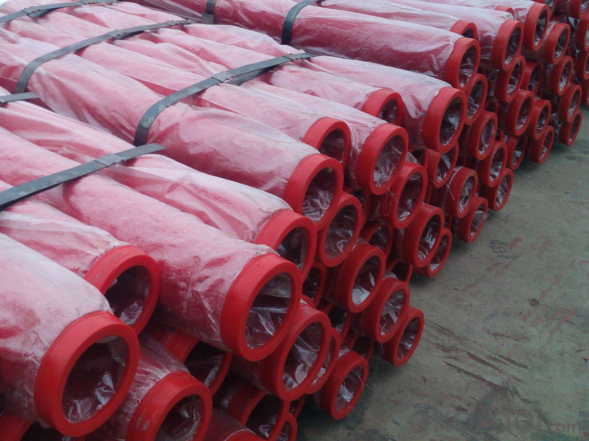
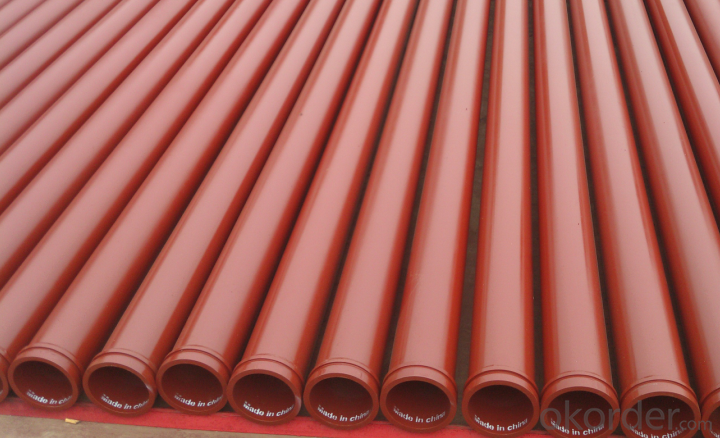
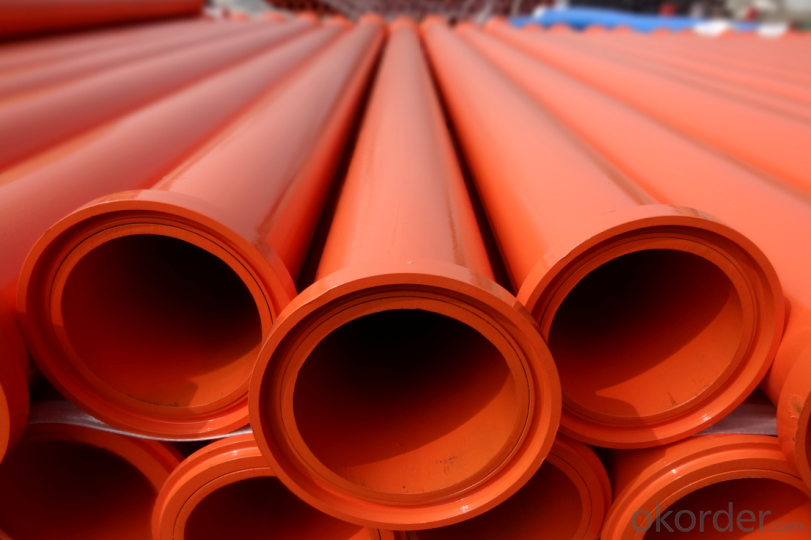
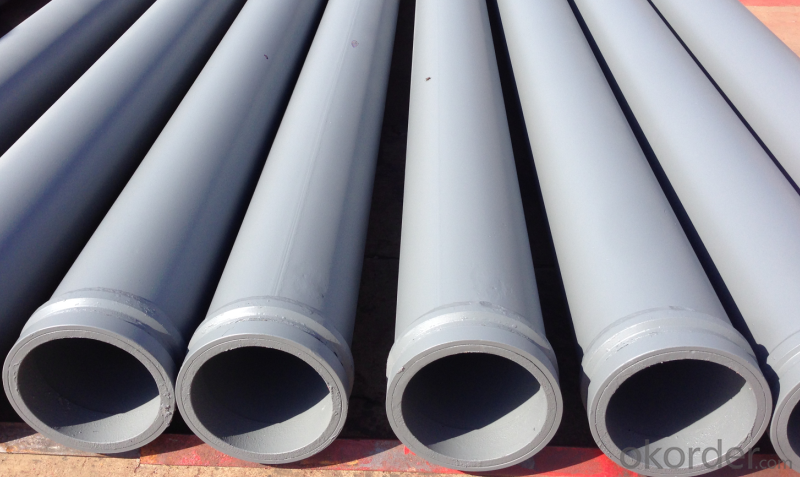
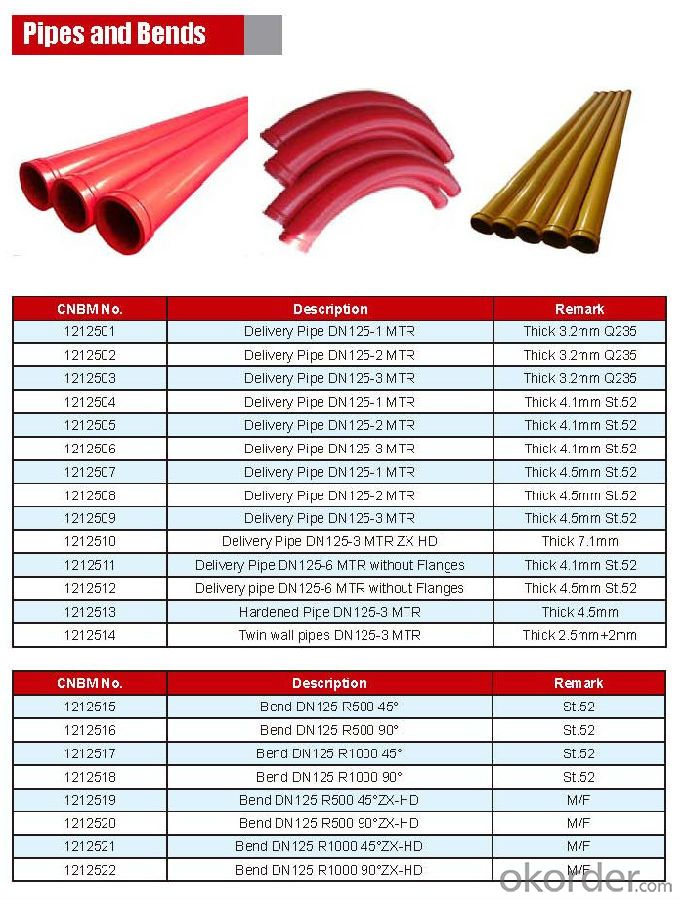
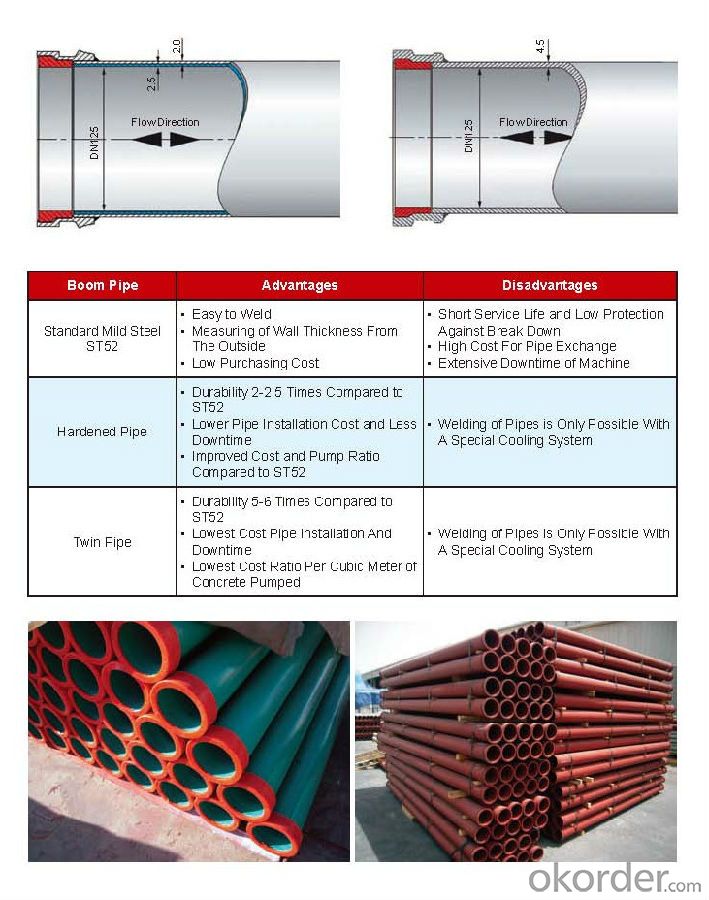
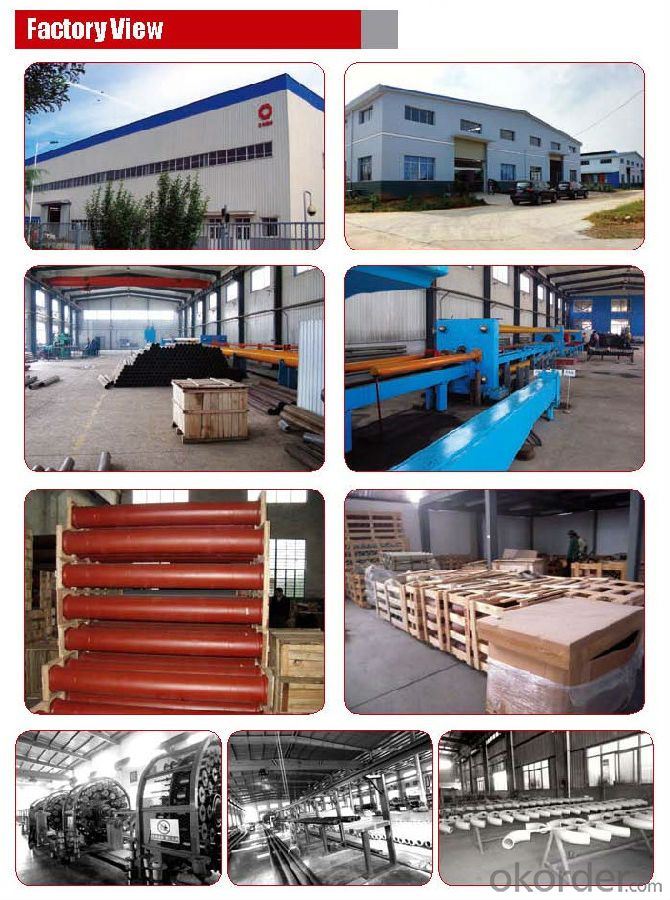
Other Products :
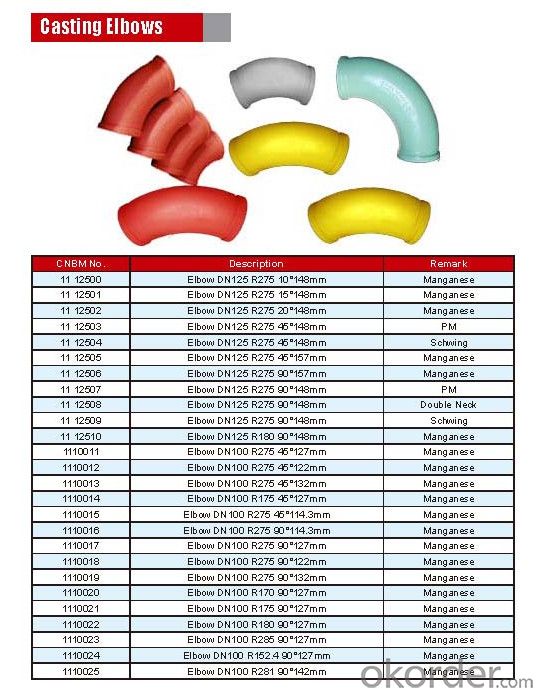
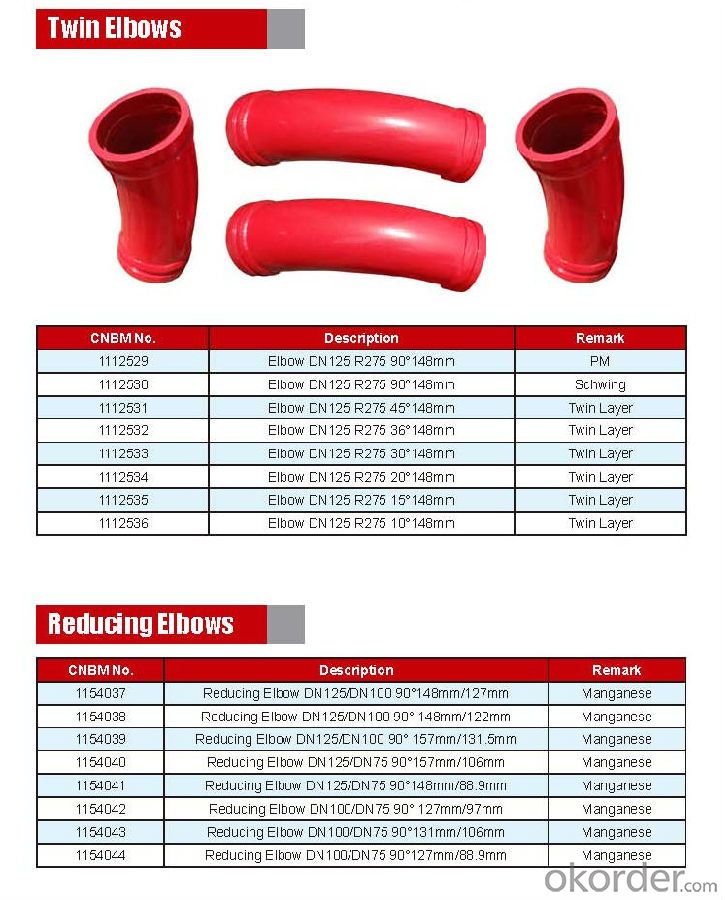
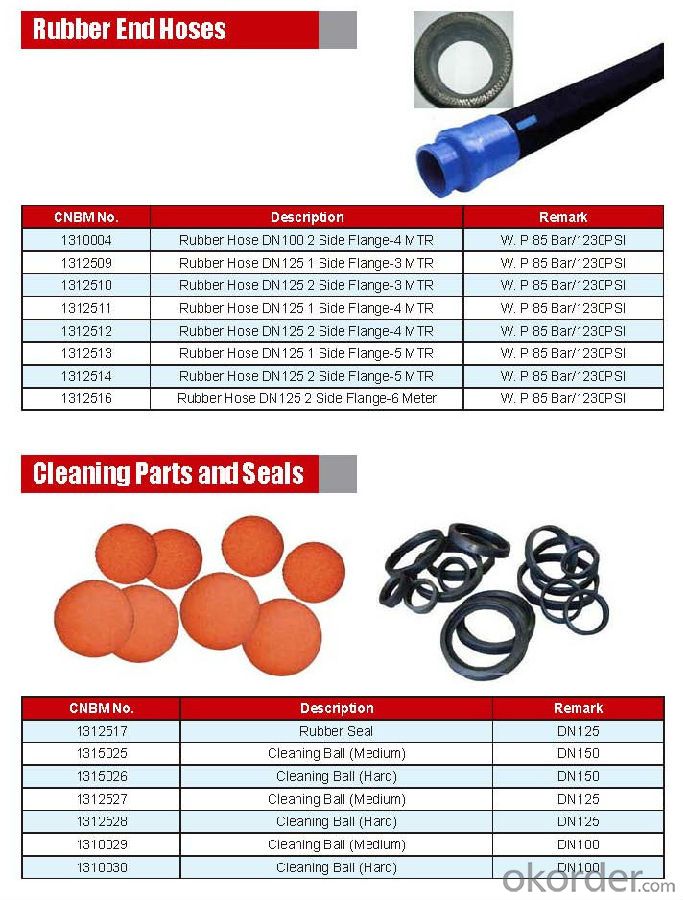
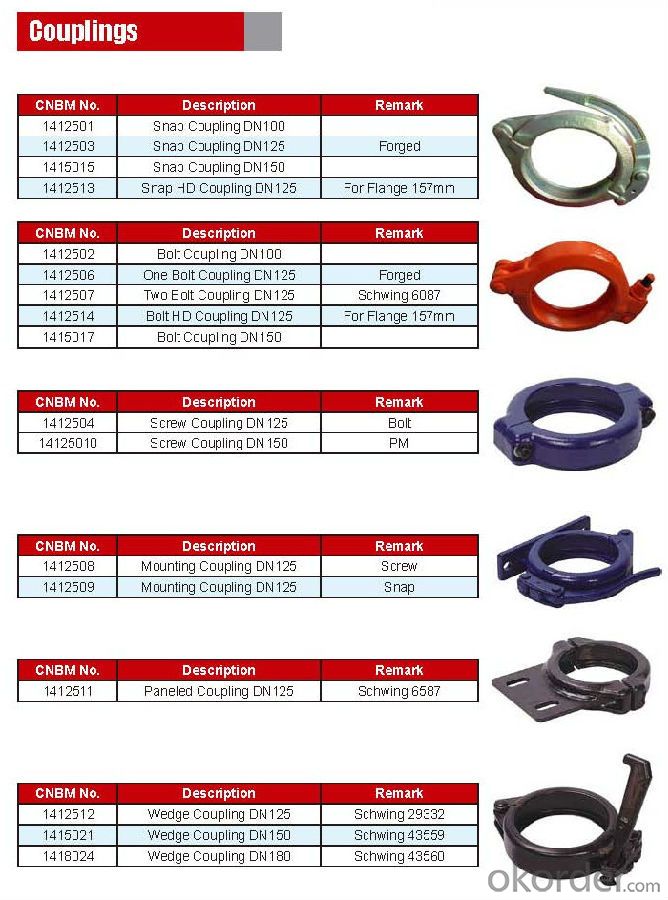
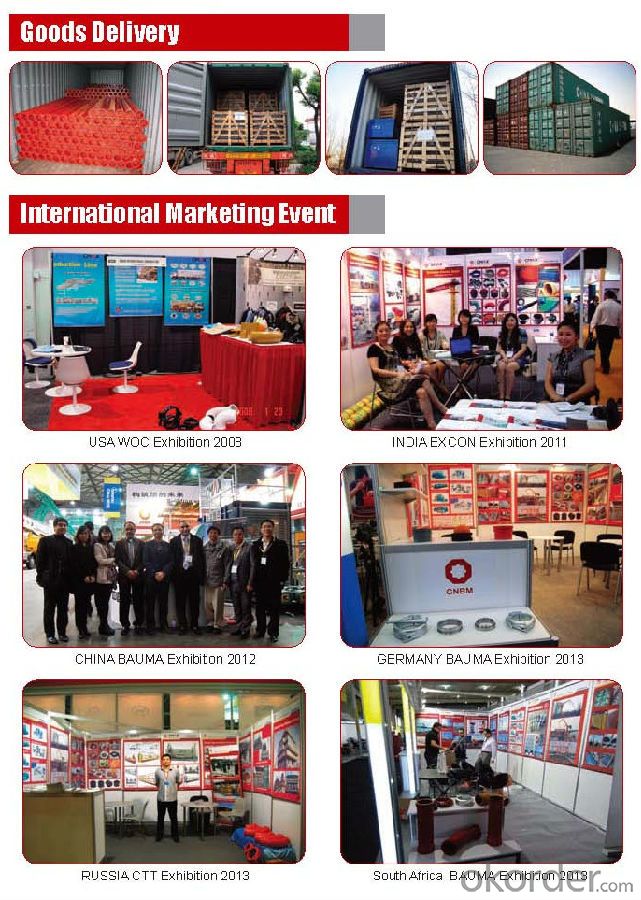
- Q: How does a concrete pump agitator motor prevent concrete from settling?
- A concrete pump agitator motor prevents concrete from settling by constantly agitating the mixture. The motor is typically equipped with paddles or blades that rotate inside the mixing drum, ensuring that the concrete remains in a homogeneous state. When concrete is being transported, it tends to separate due to gravity and the natural settling of heavier aggregates. This can result in a non-uniform consistency, with denser materials sinking to the bottom and water rising to the top. The agitator motor counteracts this settling process by continuously stirring the concrete. The rotating paddles or blades create a turbulent flow within the mixing drum, preventing the heavier aggregates from settling and maintaining a consistent mixture. This agitation helps to evenly distribute the cement, aggregates, water, and any additional additives throughout the concrete, resulting in a more uniform and reliable end product. By preventing the settling of concrete, the agitator motor ensures that the mixture is consistently workable and can be pumped or poured without any blockages or inconsistencies. This is especially crucial during construction projects where precise and consistent concrete placement is required. In summary, a concrete pump agitator motor prevents settling by agitating the mixture, keeping it homogeneous and ensuring a consistent flow during pumping or pouring operations.
- Q: How do I properly maintain and replace hydraulic hoses in concrete pump spare parts?
- Proper maintenance and replacement of hydraulic hoses in concrete pump spare parts involve a few essential steps. Firstly, it is crucial to regularly inspect the hoses for signs of wear, including cracks, leaks, or bulges. Any damaged hoses should be replaced immediately to avoid any potential accidents or disruptions in the pumping process. When replacing hydraulic hoses, it is essential to use high-quality hoses that are compatible with the concrete pump system. It is recommended to consult the manufacturer's guidelines or seek professional advice to ensure the correct specifications and fittings are used. During installation, make sure to properly clean and prepare the hose fittings and connections. This involves removing any debris or dirt that could cause contamination or hinder a secure connection. Additionally, it is essential to follow the recommended torque specifications when tightening the fittings to prevent over-tightening or under-tightening, which can lead to leaks or hose failure. Regular maintenance also includes regularly checking and replacing hydraulic oil and filters according to the manufacturer's recommendations. This helps to ensure optimal performance and prolong the lifespan of the hydraulic hoses and other components. Overall, proper maintenance and replacement of hydraulic hoses in concrete pump spare parts require regular inspections, the use of high-quality hoses, proper cleaning and preparation during installation, correct torque specifications, and adherence to manufacturer guidelines for maintenance and replacement intervals.
- Q: What is the purpose of a concrete pump electric motor?
- The purpose of a concrete pump electric motor is to provide the necessary power and torque to pump concrete from one location to another, eliminating the need for manual labor and increasing efficiency in construction projects.
- Q: Can concrete pump spare parts be retrofitted to older pump models?
- Yes, concrete pump spare parts can often be retrofitted to older pump models. Many manufacturers design their spare parts to be compatible with multiple pump models, including older ones. However, it is important to note that not all spare parts may be suitable for retrofitting, as compatibility can vary depending on the specific pump model and the part in question. It is advisable to consult with the manufacturer or a qualified technician to ensure that the spare parts are compatible and can be safely retrofitted to older pump models.
- Q: How often should concrete pump remote control antennas be inspected and replaced?
- To ensure optimal functionality, it is necessary to regularly inspect the antennas of the concrete pump remote control. The frequency of these inspections will vary depending on the usage and working conditions of the pump. In general, it is advisable to conduct inspections at least once a year or after every 500 hours of usage, whichever occurs first. However, if the pump is subjected to harsh environments or experiences frequent wear and tear, more frequent inspections may be required. It is crucial to carefully examine the antennas for any indications of damage, such as cracks, corrosion, or loose connections. If any damage is detected, immediate replacement of the antenna is essential to prevent disruptions in the remote control signal. By conducting regular inspections and promptly replacing antennas when necessary, the concrete pump can operate smoothly and efficiently.
- Q: What is the purpose of a concrete pump piston?
- The purpose of a concrete pump piston is to pressurize and push the concrete mixture through a pipeline, enabling efficient and accurate placement of the concrete in construction projects.
- Q: How can one determine the correct weight and balance requirements for concrete pump spare parts?
- To determine the correct weight and balance requirements for concrete pump spare parts, one should refer to the manufacturer's specifications and guidelines. These documents usually provide information on the recommended weight limits and distribution for each spare part. Additionally, consulting with industry professionals or engineers with expertise in concrete pump systems can help ensure accurate weight and balance calculations.
- Q: How do I properly maintain and replace concrete delivery pipes in concrete pump spare parts?
- To ensure the concrete pump operates efficiently and safely, it is crucial to properly maintain and replace the concrete delivery pipes in spare parts. Here are some guidelines you can adhere to: 1. Conduct Regular Inspections: Frequently check the concrete delivery pipes for signs of wear, cracks, or damage. Look out for leaks or blockages that may hinder the concrete flow. Identify weak areas that may necessitate replacement. 2. Perform Thorough Cleaning: After each use, clean the concrete delivery pipes meticulously. Use water and a high-pressure hose to eliminate any concrete residue or buildup. This will prevent clogs and maintain a smooth concrete flow. 3. Apply Lubrication: Reduce friction and prevent concrete from adhering to the inner surface of the pipes by applying a suitable lubricant. This practice will elongate the life of the pipes and guarantee a seamless concrete flow. 4. Replace Worn-out Components: Regularly monitor the condition of the delivery pipes and promptly replace any worn-out or damaged parts. Over time, the pipes may corrode or develop cracks, thereby affecting their performance. Replace these components with premium spare parts to achieve optimal outcomes. 5. Handle with Care: Exercise caution when handling the concrete delivery pipes to avoid unnecessary damage. Refrain from dropping or mishandling the pipes during transportation or storage. Shield them from extreme weather conditions and store them in a secure, dry location. 6. Prioritize Training and Safety: Ensure that the personnel operating the concrete pump are well-versed in handling and maintaining the equipment. Educate them on the significance of regular inspections, cleaning, and part replacement. Emphasize safety protocols to prevent accidents and ensure the durability of the concrete delivery pipes. By adhering to these steps, you can effectively maintain and replace the concrete delivery pipes in spare parts for the concrete pump. Consistent maintenance and prompt part replacement will extend the lifespan of the pipes and guarantee a seamless concrete flow during construction projects.
- Q: Can concrete pump spare parts be imported from other countries?
- Concrete pump spare parts can indeed be brought in from other countries. Multiple manufacturers and suppliers of these spare parts have a worldwide reach and provide options for international shipping. By importing concrete pump spare parts from other countries, one can gain access to a broader selection of products, competitive prices, and superior components. Nevertheless, it is crucial to take into account factors including import regulations, customs duties, and shipping expenses when bringing in concrete pump spare parts from other countries.
- Q: Are there any specific safety considerations when using concrete pump spare parts?
- Concrete pump spare parts must be carefully considered for safety purposes. The first consideration is ensuring compatibility with the specific pump model. Using incompatible parts can lead to malfunctions, risking accidents and injuries. Proper training and knowledge are also crucial. Operators must be trained on installation, maintenance, and replacement of spare parts. They should also follow any safety precautions recommended by the manufacturer. Regular inspection of spare parts is important. Any signs of wear, damage, or deterioration should prompt immediate replacement to prevent accidents or equipment failure. Personal protective equipment (PPE) is essential when working with concrete pump spare parts. This may include goggles, gloves, hard hats, and steel-toed boots. PPE safeguards against hazards like debris, falls, or contact with hazardous substances. Adhering to local regulations and industry standards is advisable. These regulations may outline specific requirements for installation, operation, and maintenance of concrete pump spare parts. By adhering to these safety considerations, operators can minimize the risk of accidents, injuries, and equipment failure when using concrete pump spare parts.
Send your message to us
Concrete Pump Truck Parts Delivery Pipe Normal Pipe DN125 1MTR Thick 3.2MM ST52
- Loading Port:
- China main port
- Payment Terms:
- TT OR LC
- Min Order Qty:
- 100 pc
- Supply Capability:
- 10000 pc/month
OKorder Service Pledge
OKorder Financial Service
Similar products
Hot products
Hot Searches
Related keywords
